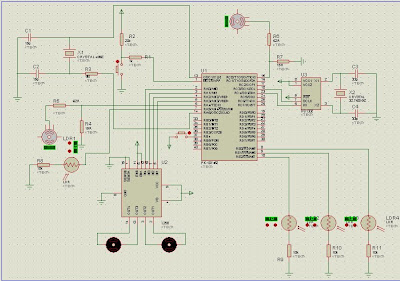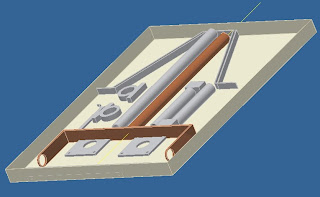Phase (4)
Integrating.......
This phase defiantly bring memories!
Anyways,
Naturally, the whole team was involved in this phase and we started to assemble the whole thing together. Adding the control part to the mechanical was not a piece of cake at ALL!
we had MAJOR problems...
- we didn't know how to connect the linear motor
- the printed circuit was not tested
- we only had one shot!
- the program was not tested
and the very best part :D, the motor driver chip exploded with the very first try (I mean we could actually see flame coming out!)
Which didn't exactly give us much of a choice but to re-implement the circuit on a breadboard, which we didn't do. we tried to test the rest of the circuit and add an external chip and connect it.
What we didn't know back then was that the printed circuit already had a problem with the ground/VCC connections and was solved by making a separated vcc/ground connection to a part of the circuit, which people forgot to mention earlier !!!
Oh, and that was just 2 or 3 days before delivering the project :)
problems,stress,deadline........These are the times u learn in the most, not only about the project, but about yourself and the surrounding people!
I am being drifted off point here
tell you what happened next in the upcoming post isA :)
stay tuned ;)














